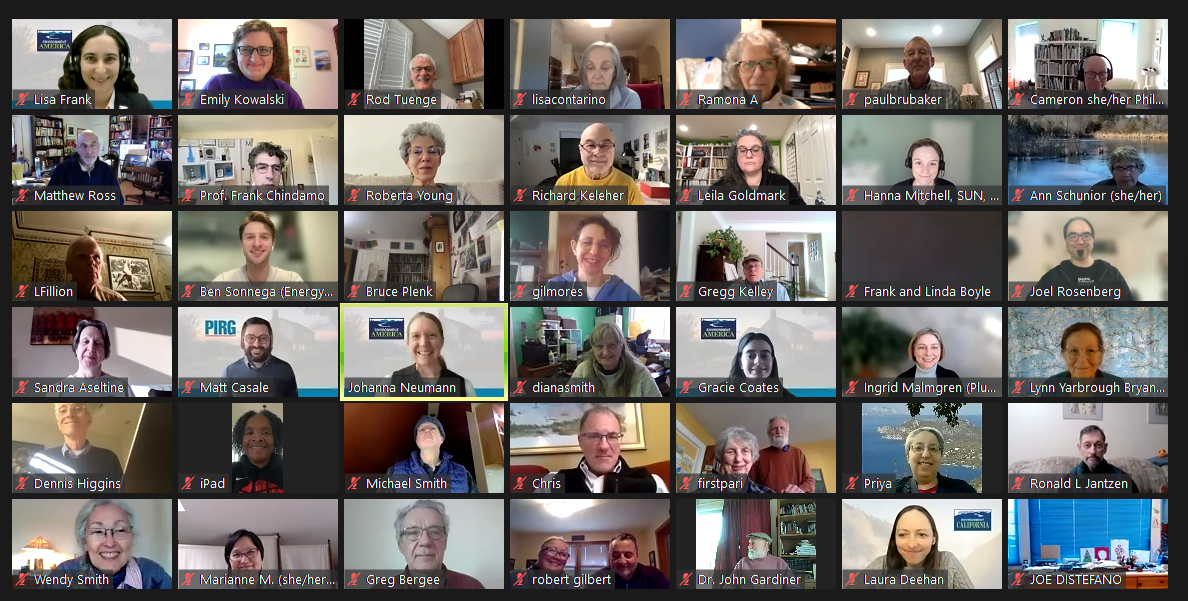
Why California is transitioning to 100% electric school buses
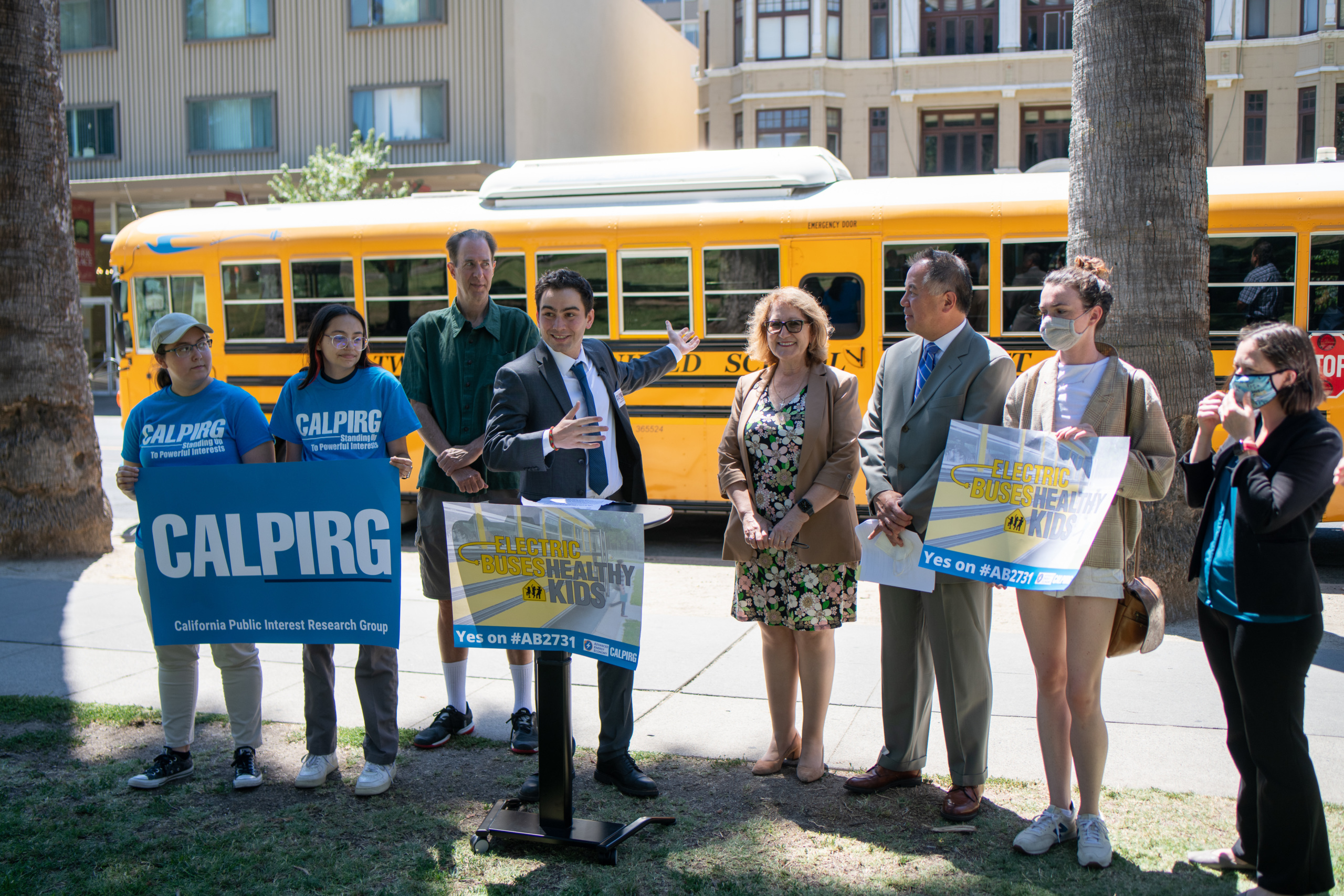
With fall semester now in full swing, classic yellow school buses are back on the road, playing a critical role in ensuring our children get to school on time and safely. Soon more of those buses will be safer, under California’s new commitment that requires that, starting in 2035, all newly purchased school buses be electric.
The majority of California’s 24,000 school buses currently run on diesel—which produces exhaust that is likely a carcinogen and causes numerous health problems, including lung cancer, asthma, bronchitis and pneumonia. These risks are only heightened for children and their developing lungs. Breathing diesel exhaust is linked to poor academic performance and childhood asthma, and related school absences are a pervasive problem throughout California.
Our children’s ride to school shouldn’t come with a daily dose of toxic pollution. The good news is that electric school buses are here. Zero-emission school buses are healthier for our kids, better for the environment, and can save schools money in the long run. Each electric bus could save districts nearly $2,000 a year in fuel and $4,400 a year in maintenance costs, totaling tens of thousands of dollars over the lifetime of a bus.
In addition to saving districts money and keeping diesel exhaust out of developing lungs, electric buses could help speed up the statewide expansion of clean energy usage by providing a critical source of reliable battery storage. According to a report from CALPIRG Education Fund, if every yellow school bus currently in operation across California was replaced with an electric bus equipped with vehicle-to-grid technology, this would add more than 3,085 MWh to the state’s capacity to store electricity. That’s enough to power 115,200 average Californian homes for a week. This additional storage could speed the transition to a renewable energy-powered grid and reduce greenhouse gas emissions from both the transportation and power generation sectors. The extra storage could also allow electric school buses to provide additional power during unexpected demand spikes or emergency power during outages, as electric school buses in El Cajon are already demonstrating.
If we want a cleaner, safer planet and healthier future for our kids, we need to eventually convert 100% of our nation’s buses to all-electric. And where better to start than with school buses? Assembly Bill 579 by Assemblymember Phil Ting puts us on the path to do that starting in 2035, by requiring that newly purchased school buses in California be zero-emission. California is home to the largest electric school bus fleet in the country (560) and AB 579 will help schools expedite the transition away from diesel.
The state has already committed $1.8 billion to help schools transition to electric school buses over the next five years, with more funding coming through the federal Bipartisan Infrastructure Law and Inflation Reduction Act. Just last year, the U.S. Environmental Protection Agency awarded more than $68.2 million to 21 California schools and school districts to replace 177 existing school buses with zero-emission models.
While we’re headed in the right direction, a shared goalpost is needed to ensure California realizes this vision for a clean school transportation future and guarantees healthy school buses for students now and in the future. Gov. Newsom has already committed to all new cars in the state being electric starting in 2035, and the state also has goals to transition to electric public transit buses and heavy-duty trucks such as garbage trucks and tractor-trailers. Our kids who ride school buses deserve a similar commitment. That is why we’re delighted that Gov. Newsom recently signed Assembly Bill 579. California’s children — and their families — can breathe a little bit easier.
Topics
Authors
Jenn Engstrom
State Director, CALPIRG
Jenn directs CALPIRG’s advocacy efforts, and is a leading voice in Sacramento and across the state on protecting public health, consumer protections and defending our democracy. Jenn has served on the CALPIRG board for the past two years before stepping into her current role. Most recently, as the deputy national director for the Student PIRGs, she helped run our national effort to mobilize hundreds of thousands of students to vote. She led CALPIRG’s organizing team for years and managed our citizen outreach offices across the state, running campaigns to ban single-use plastic bags, stop the overuse of antibiotics, and go 100% renewable energy. Jenn lives in Los Angeles, where she enjoys spending time at the beach and visiting the many amazing restaurants in her city.
Find Out More
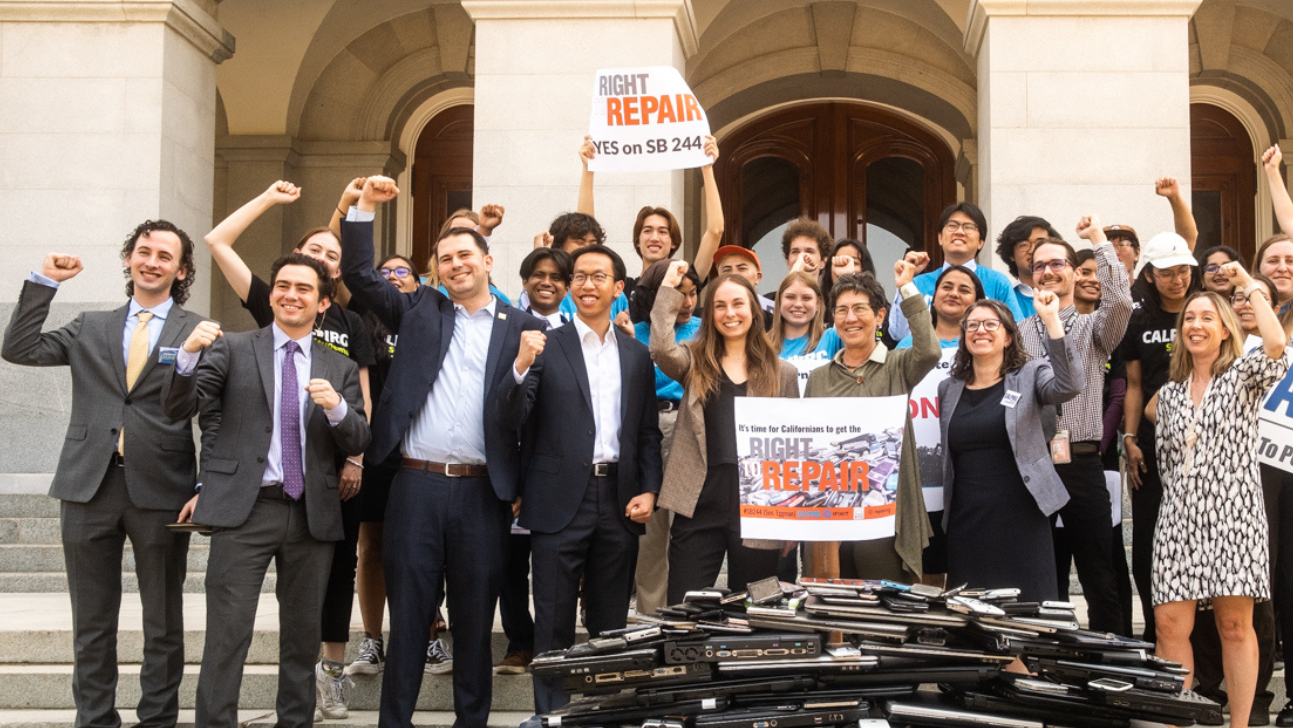
Looking back on 2023 – Highlights from the past year
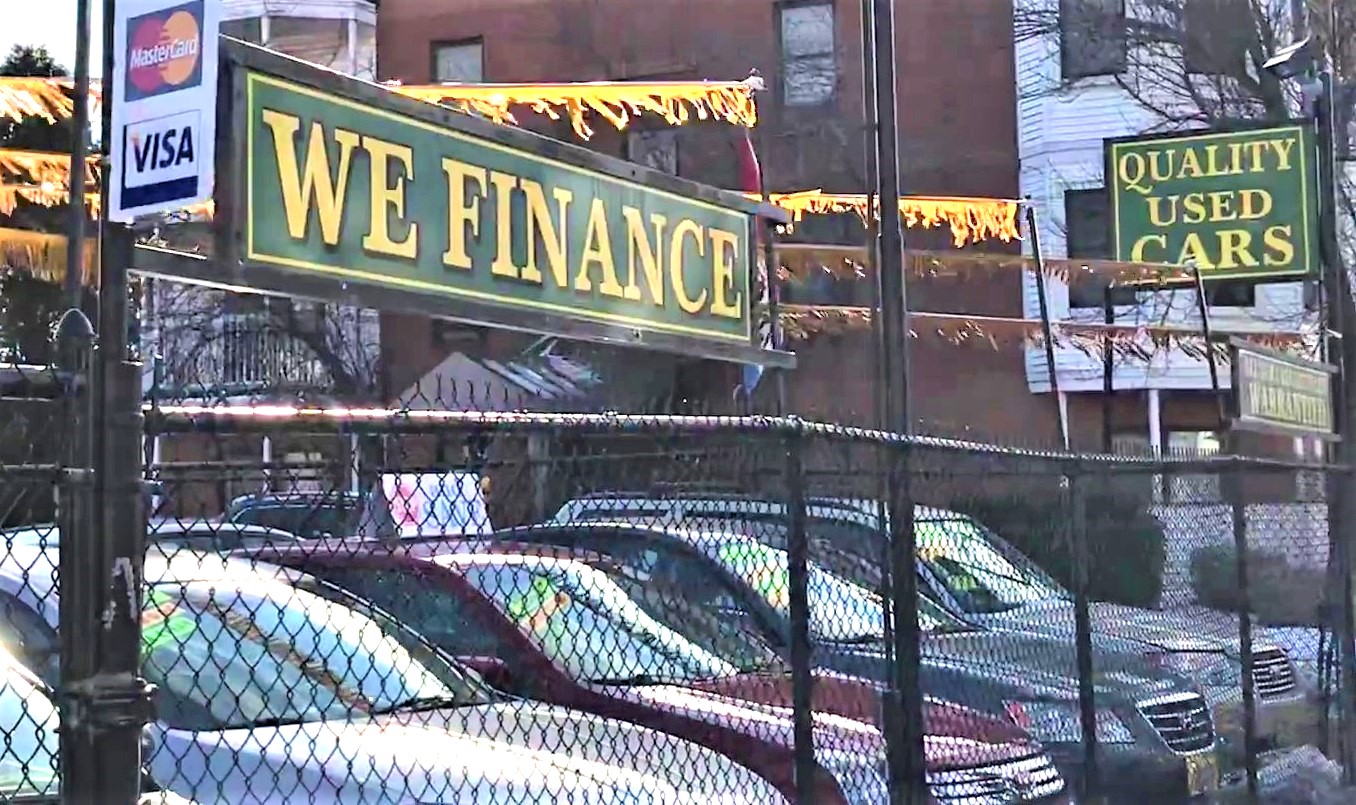
The auto industry has a sustainability problem. And it’s not just about the environment.
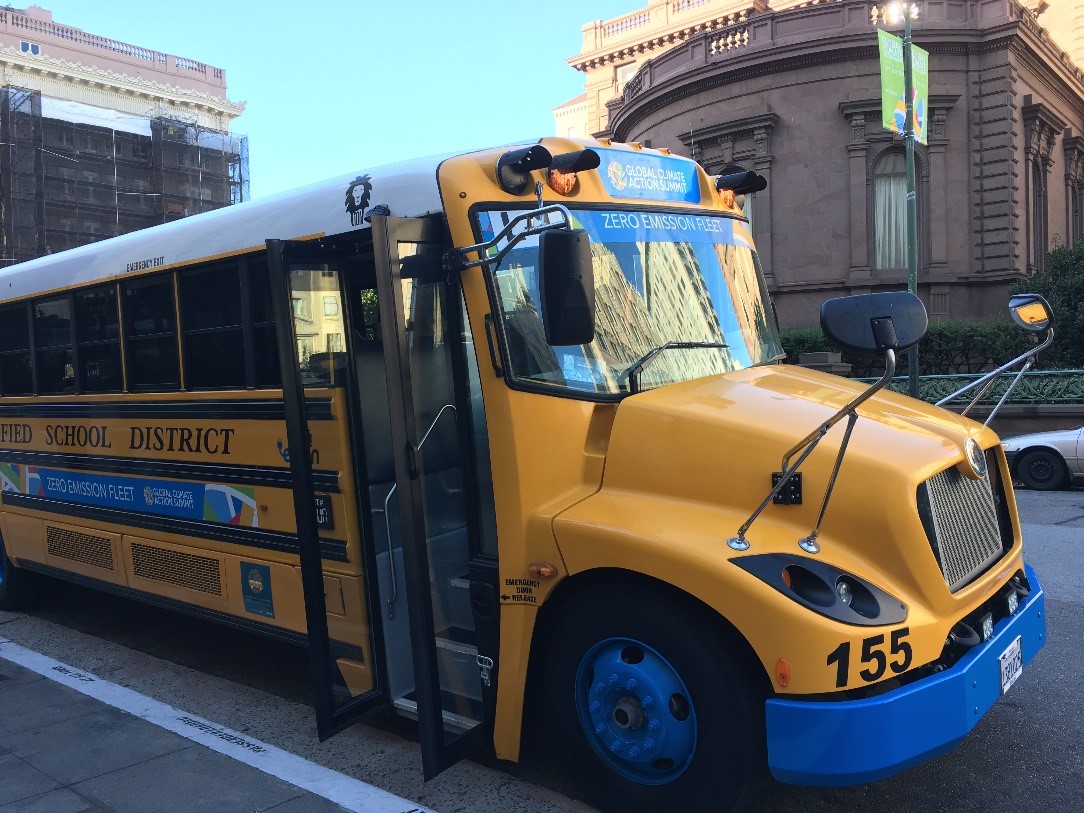
Back to school on an electric bus
